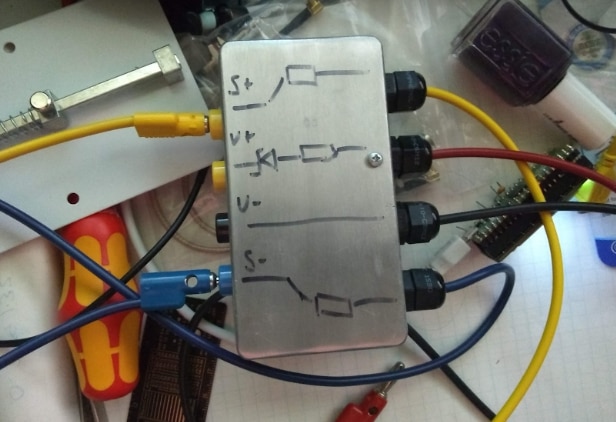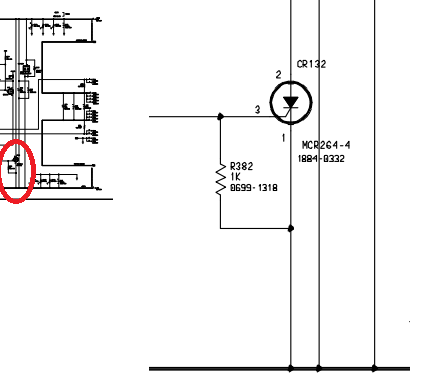I have some small 12V lead acid batteries and was wondering how to charge these. I've previously charged 6v batteries using a constant current charger based on a L200 regulator. And I think I can tune that to work with 12v.
But I wondered if an easier option would be to use my bench power supply. That has a current limiting mode and can easily provide the charging current.
Has anyone done this? Any pitfalls?


